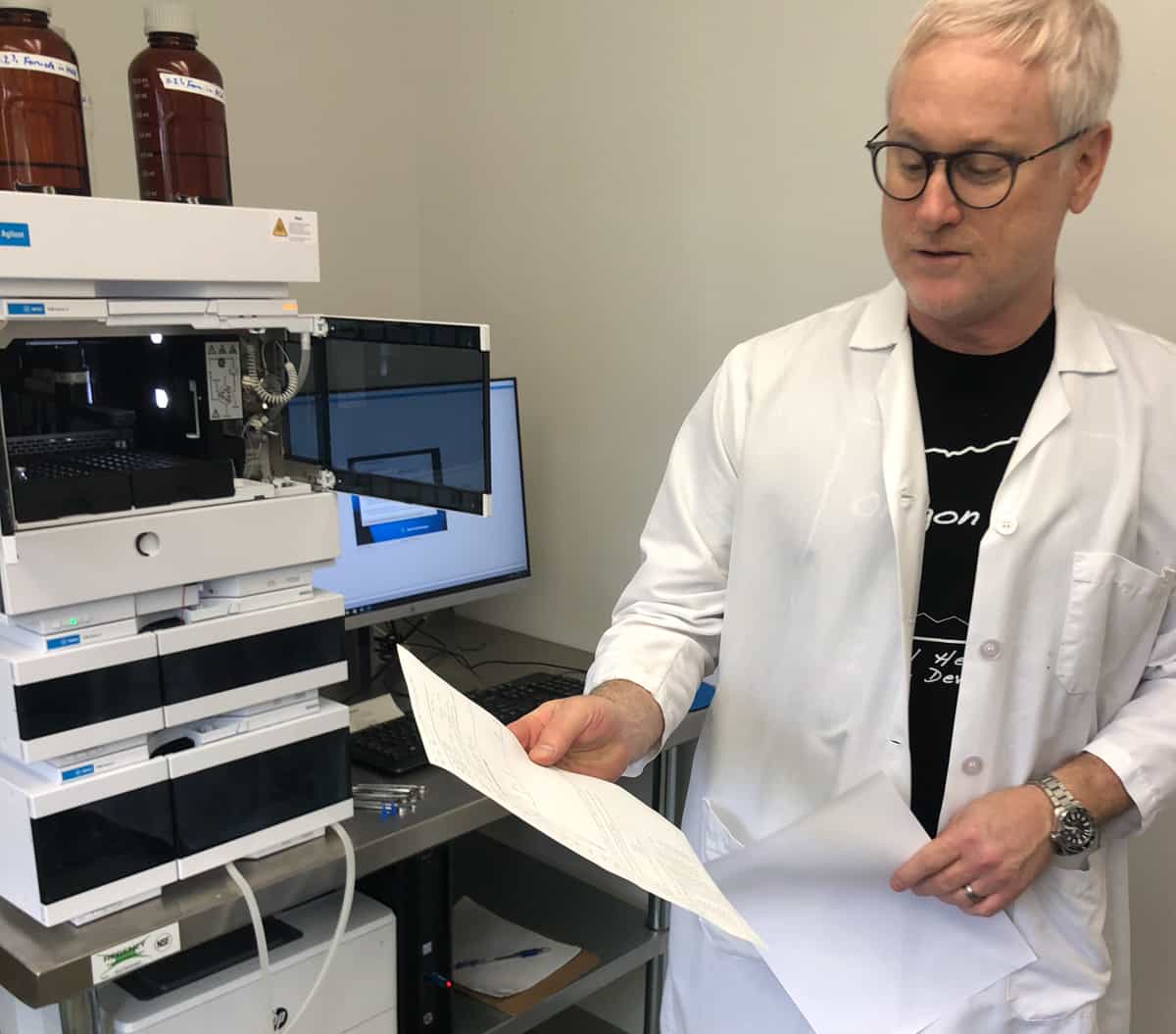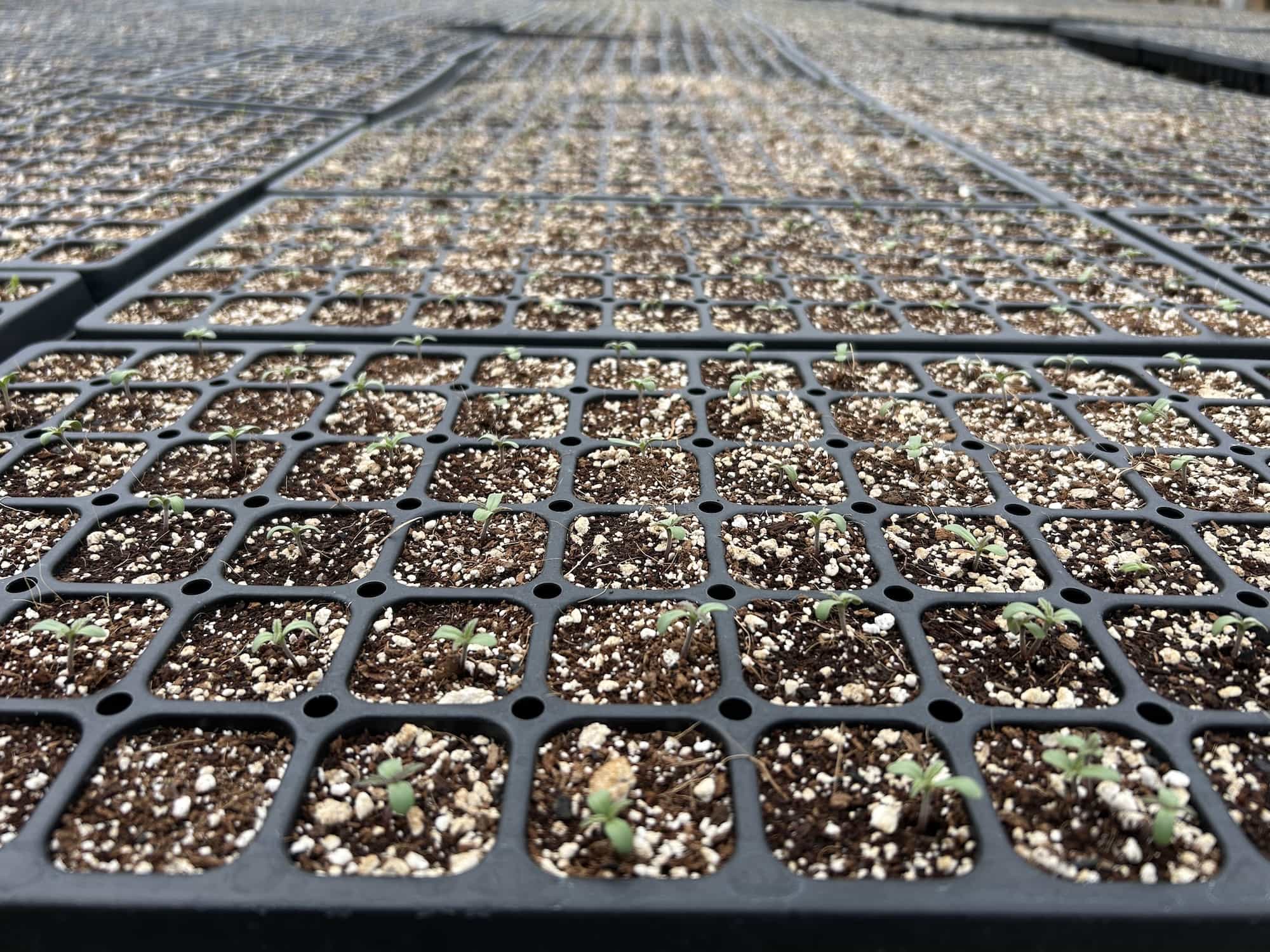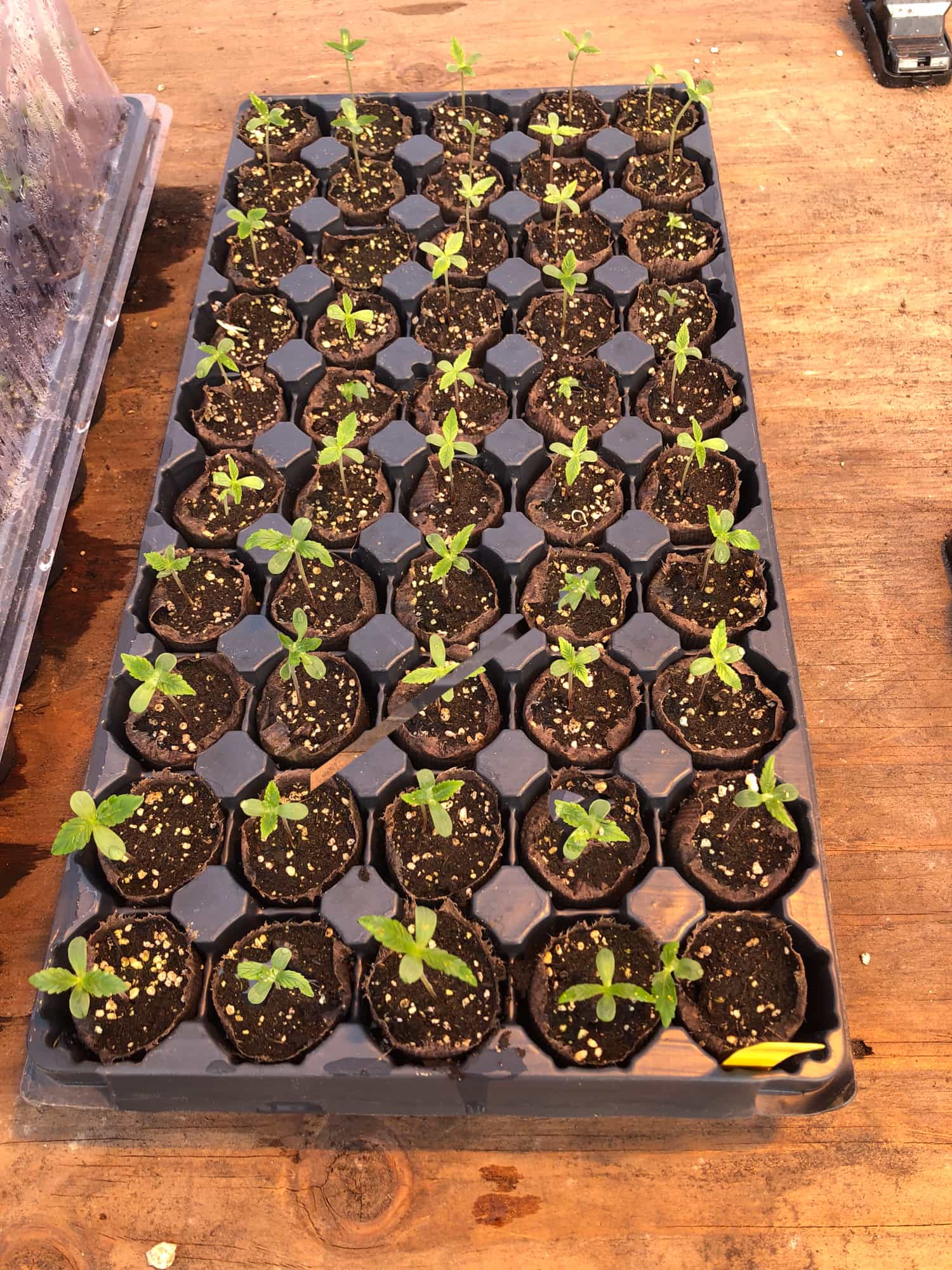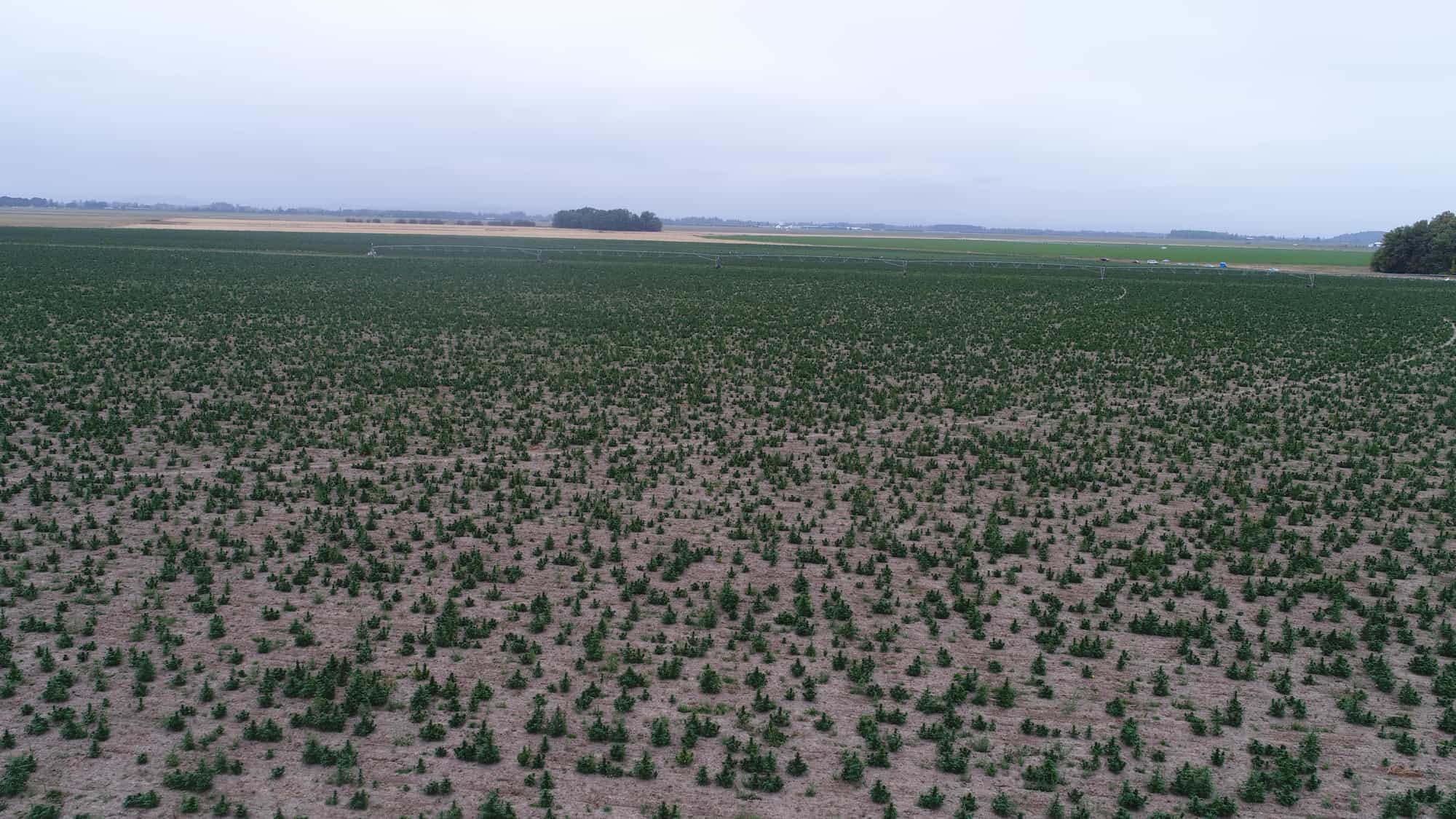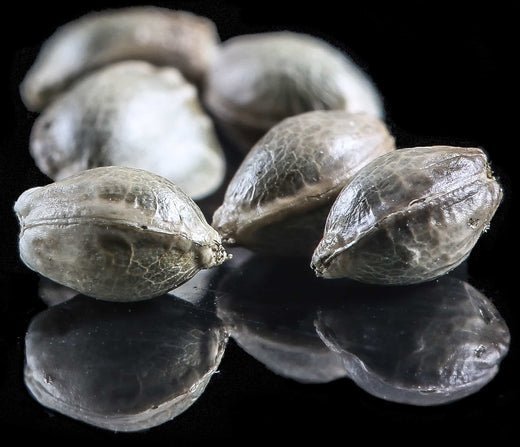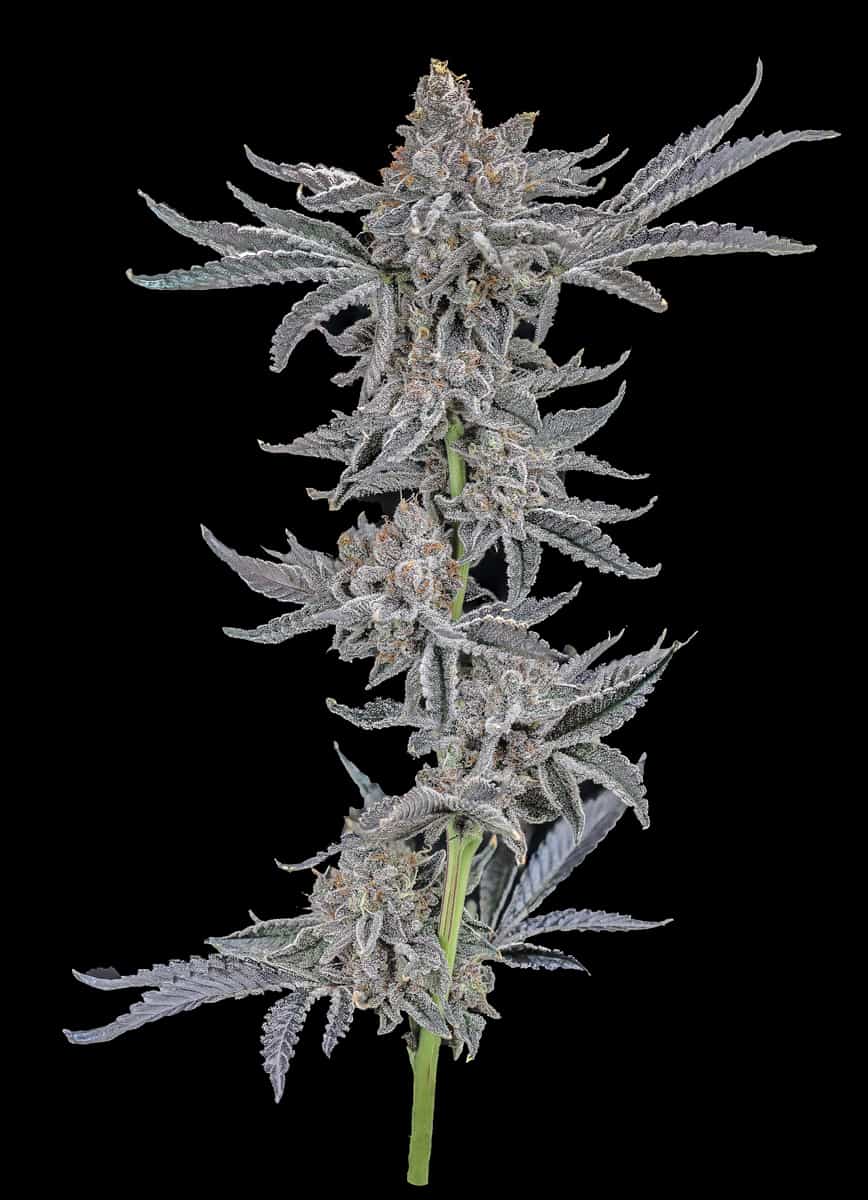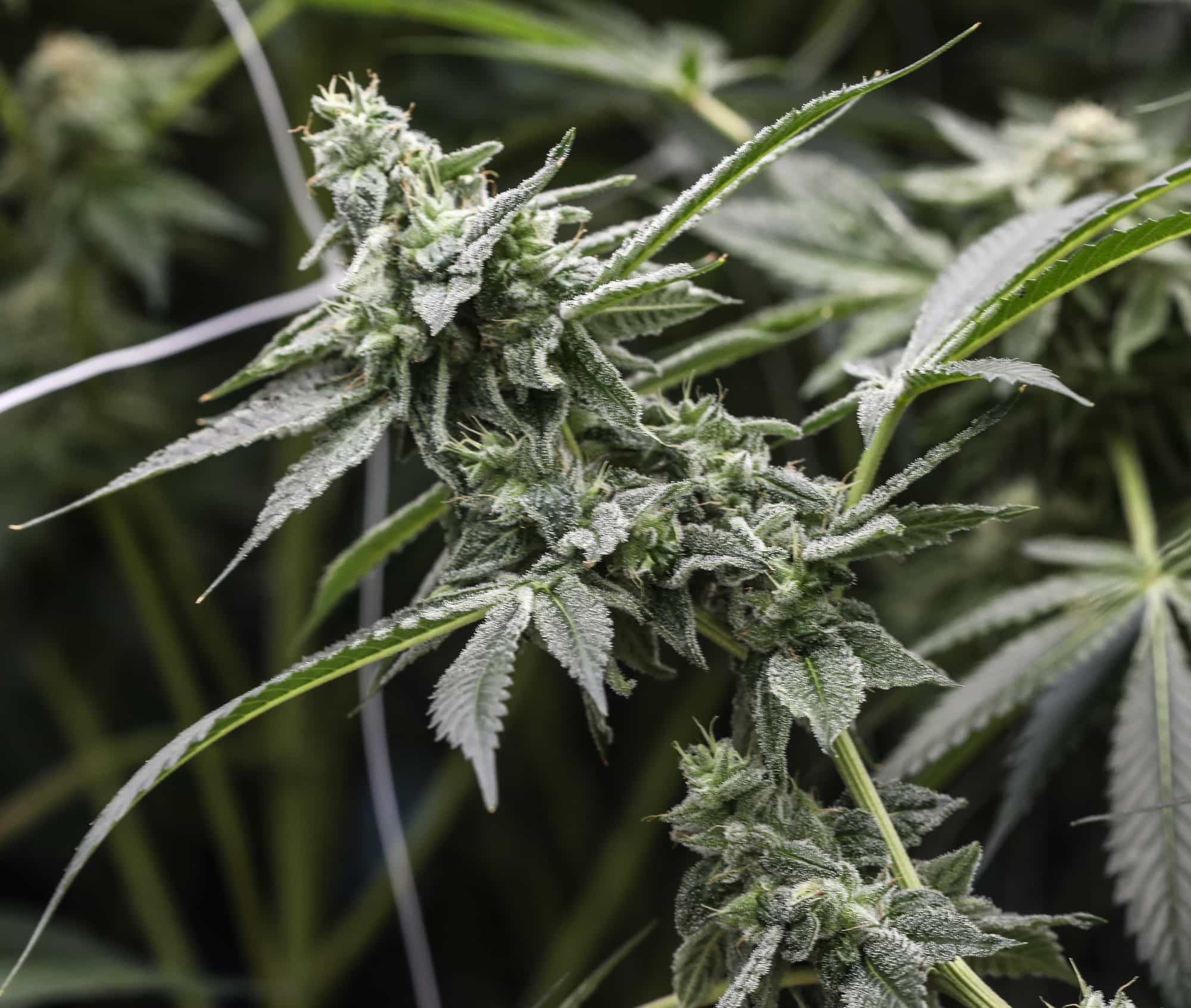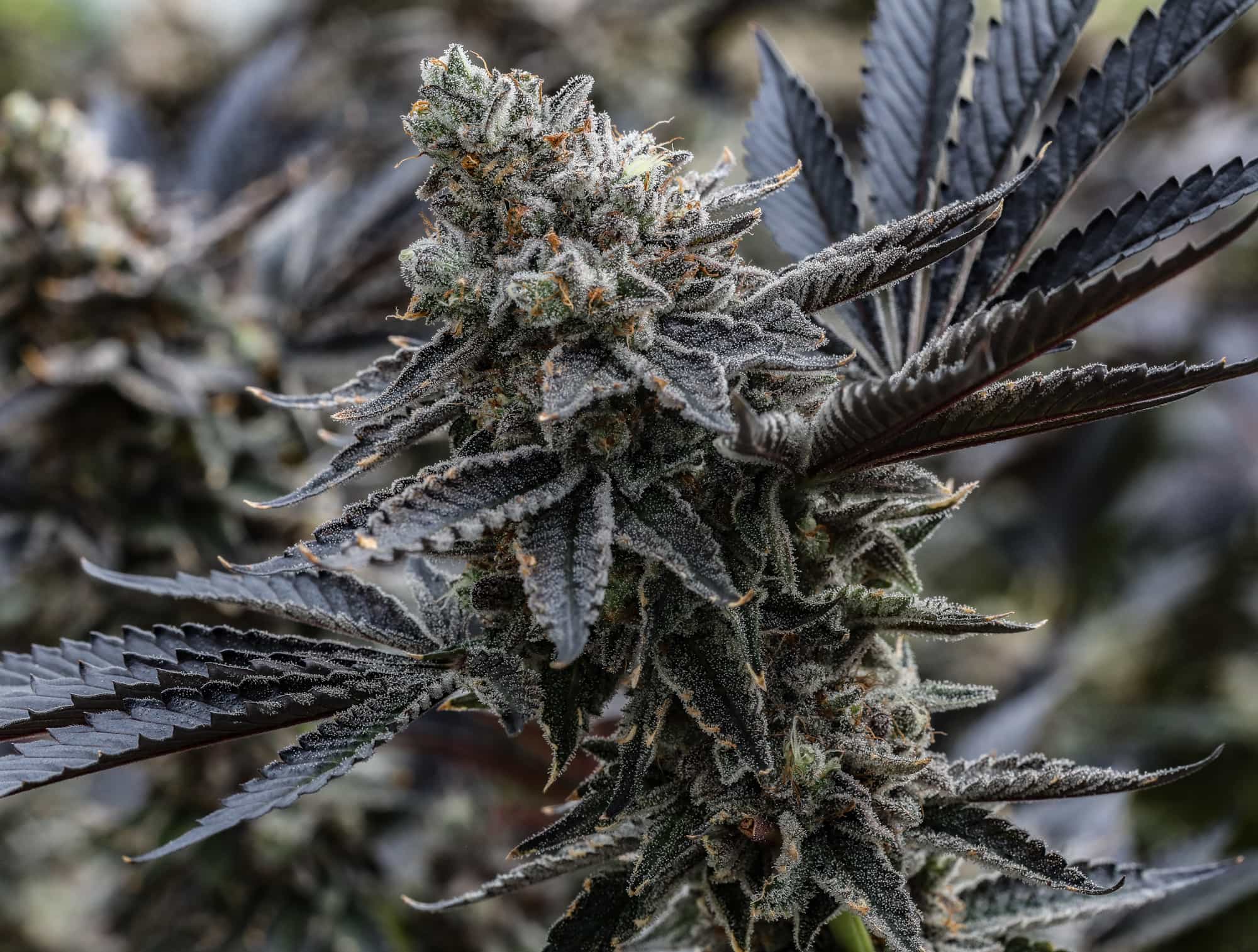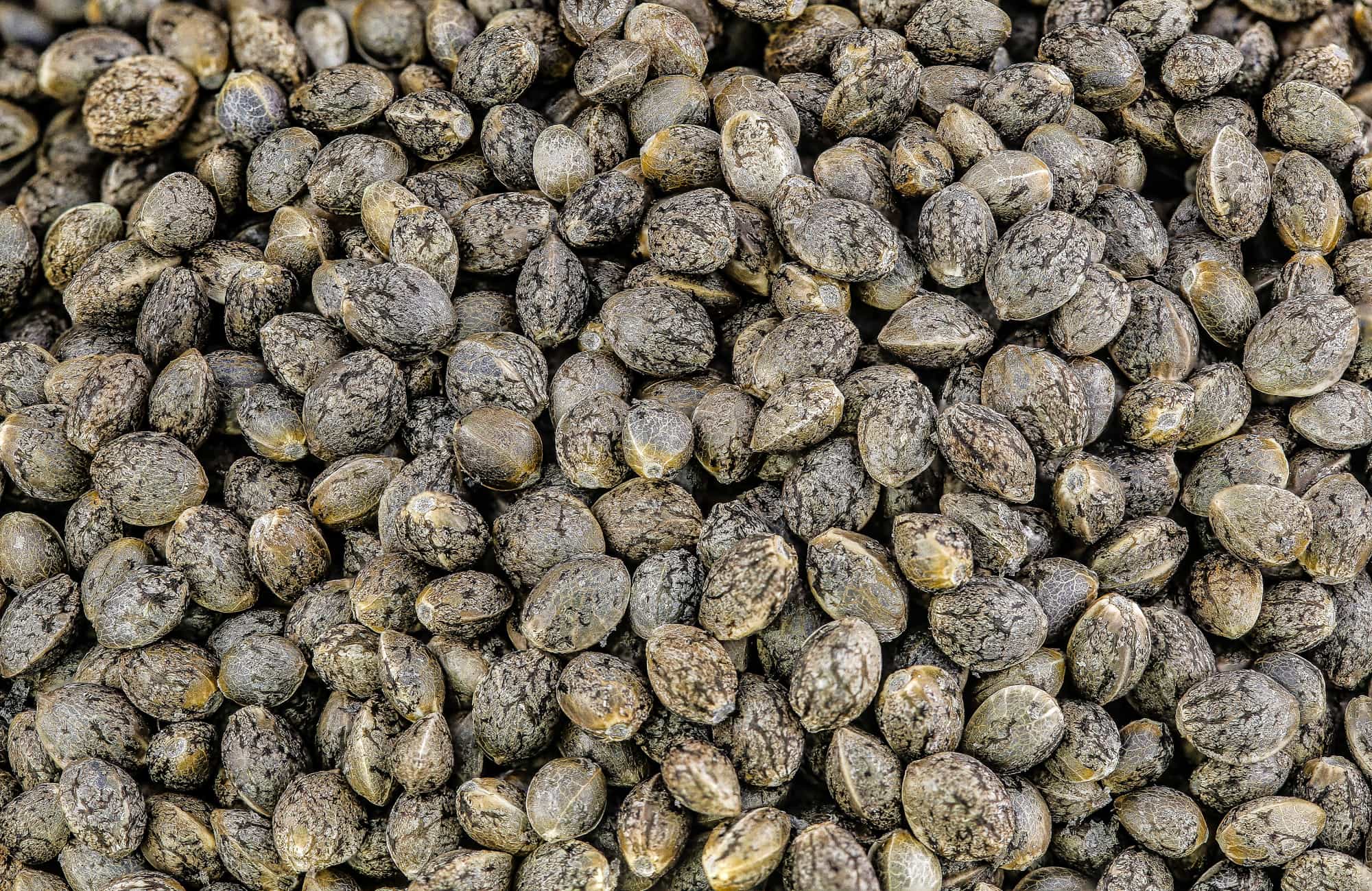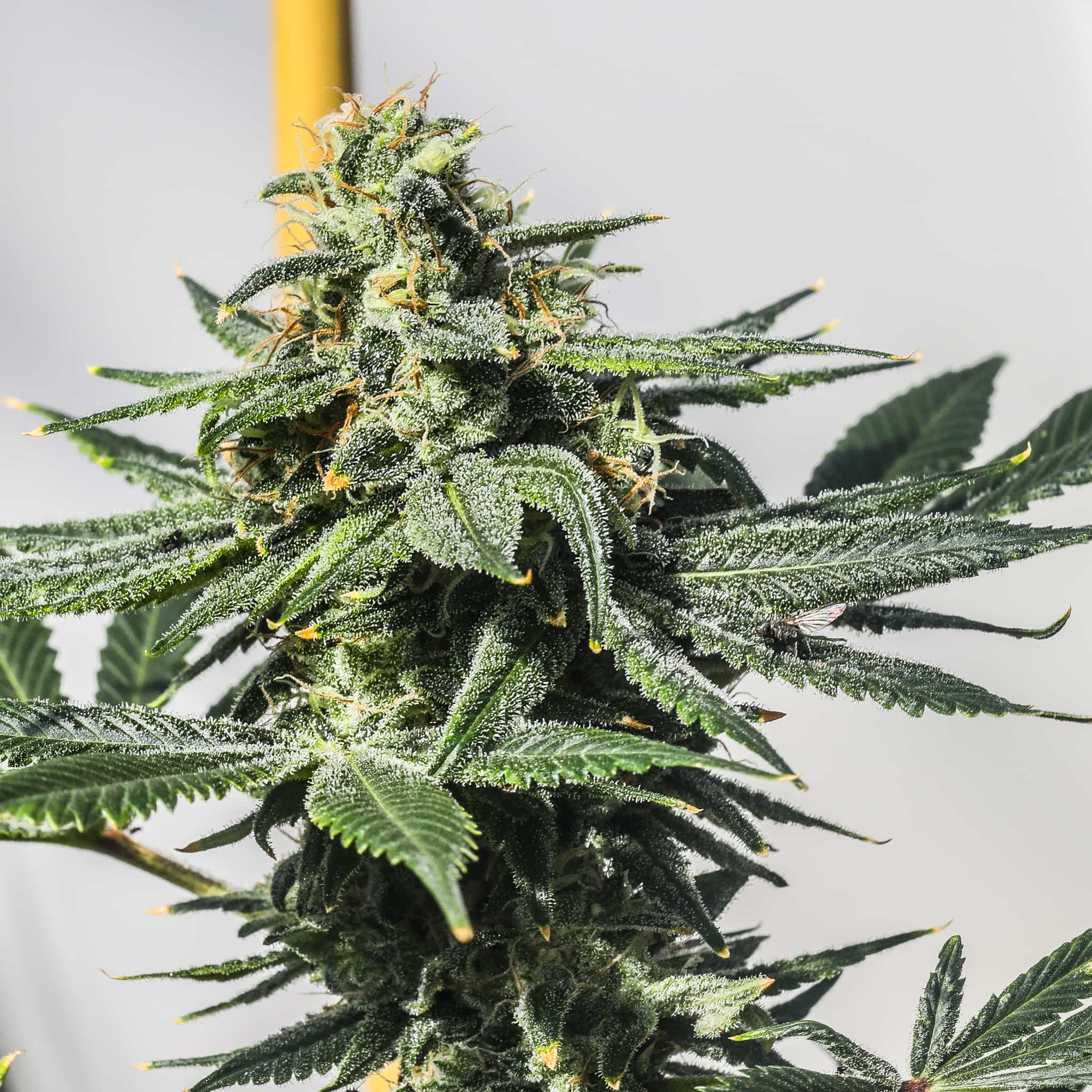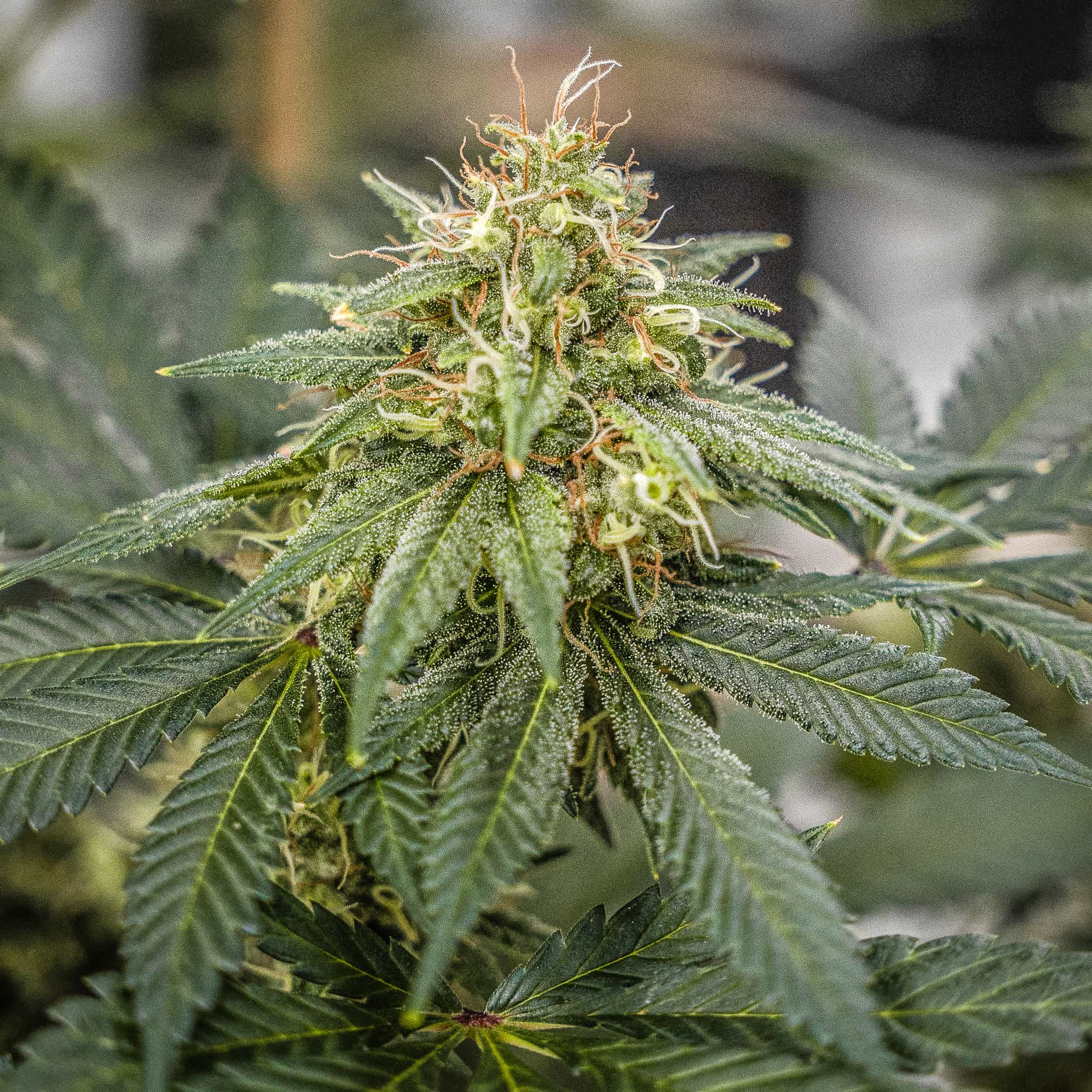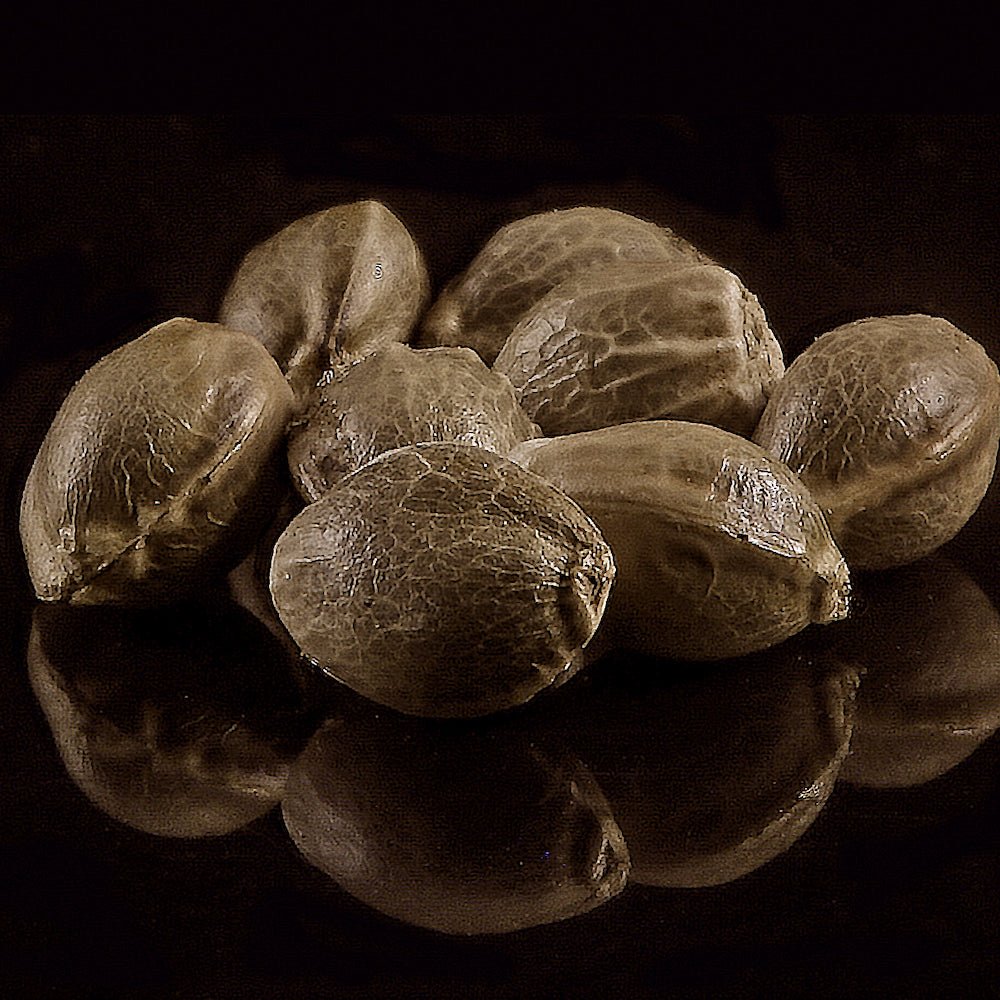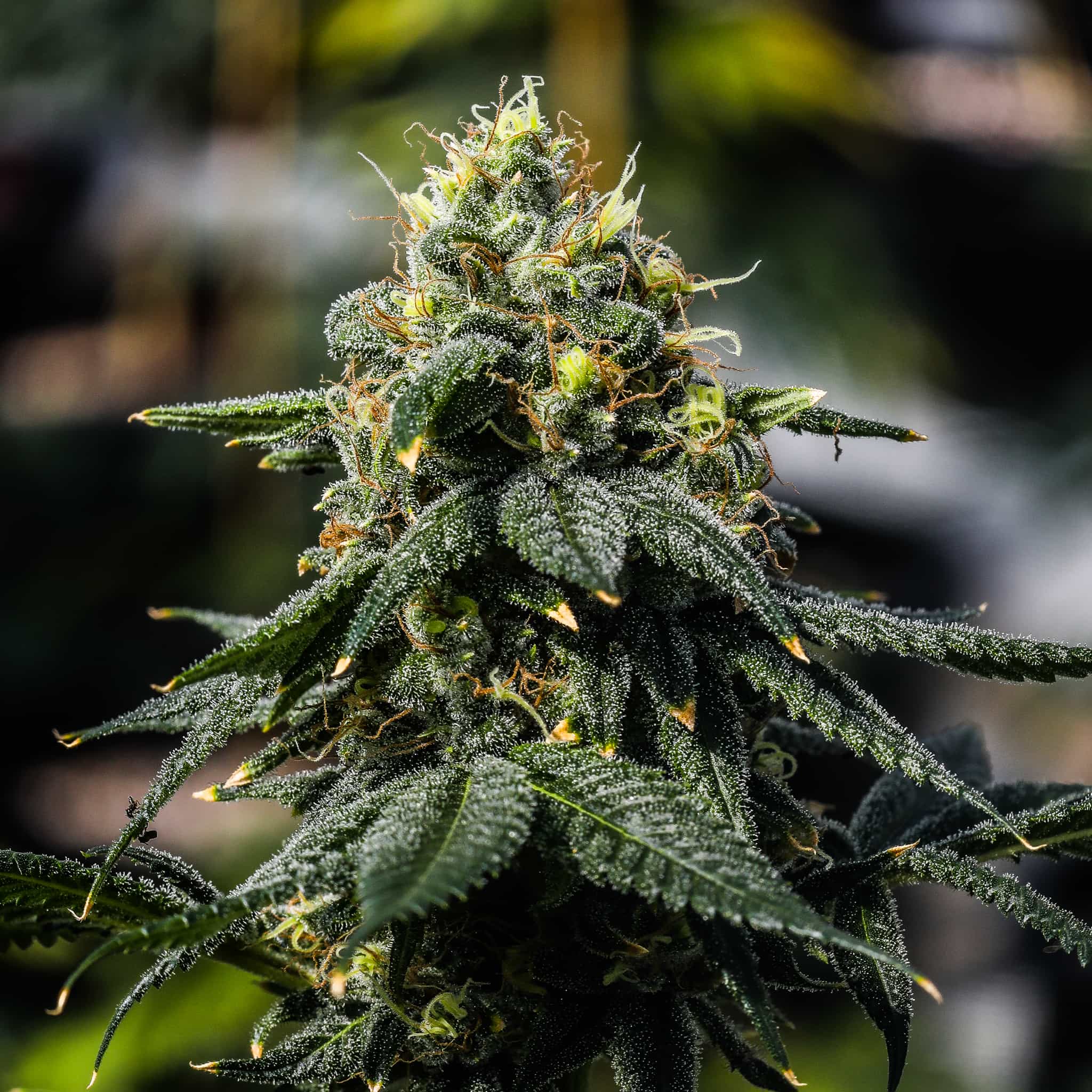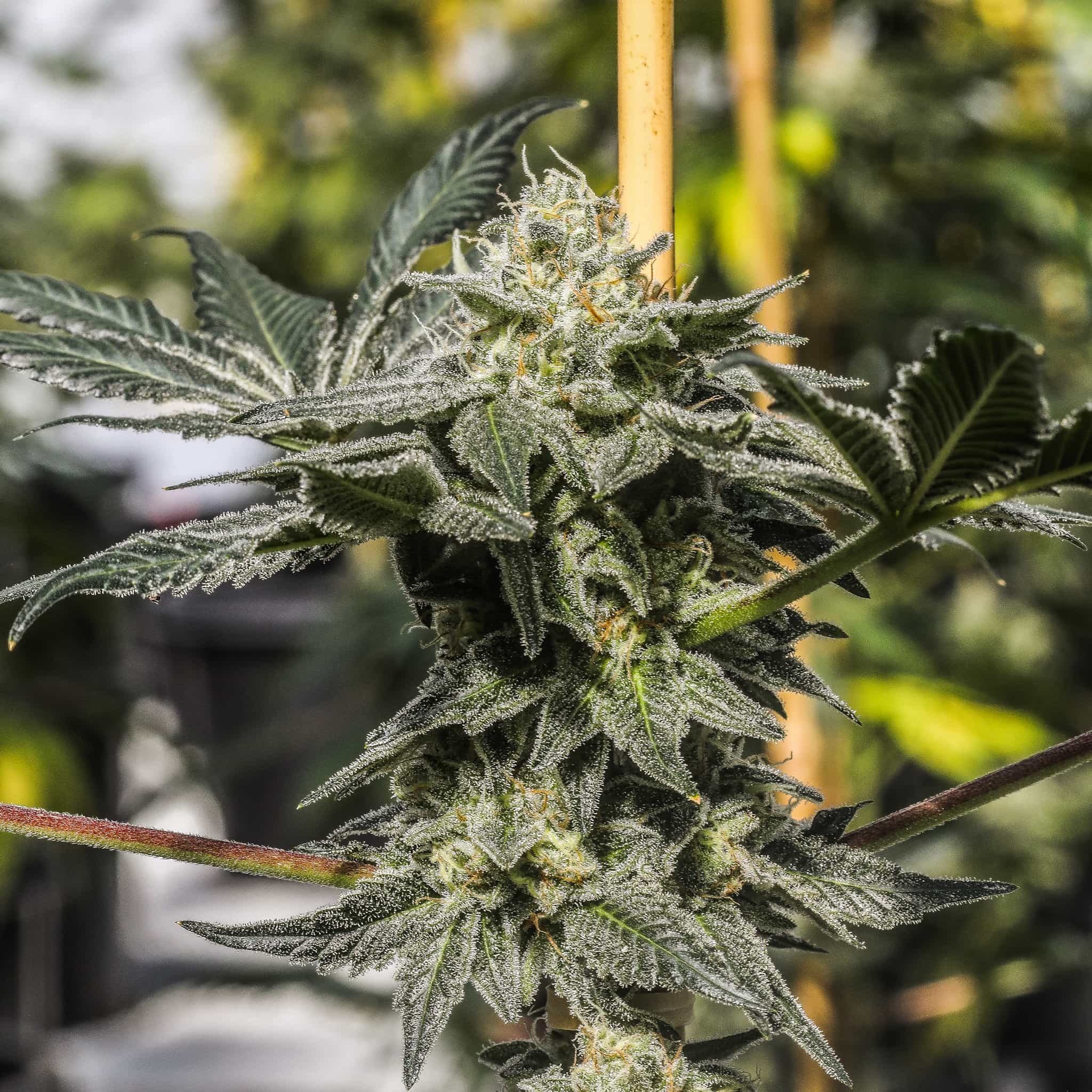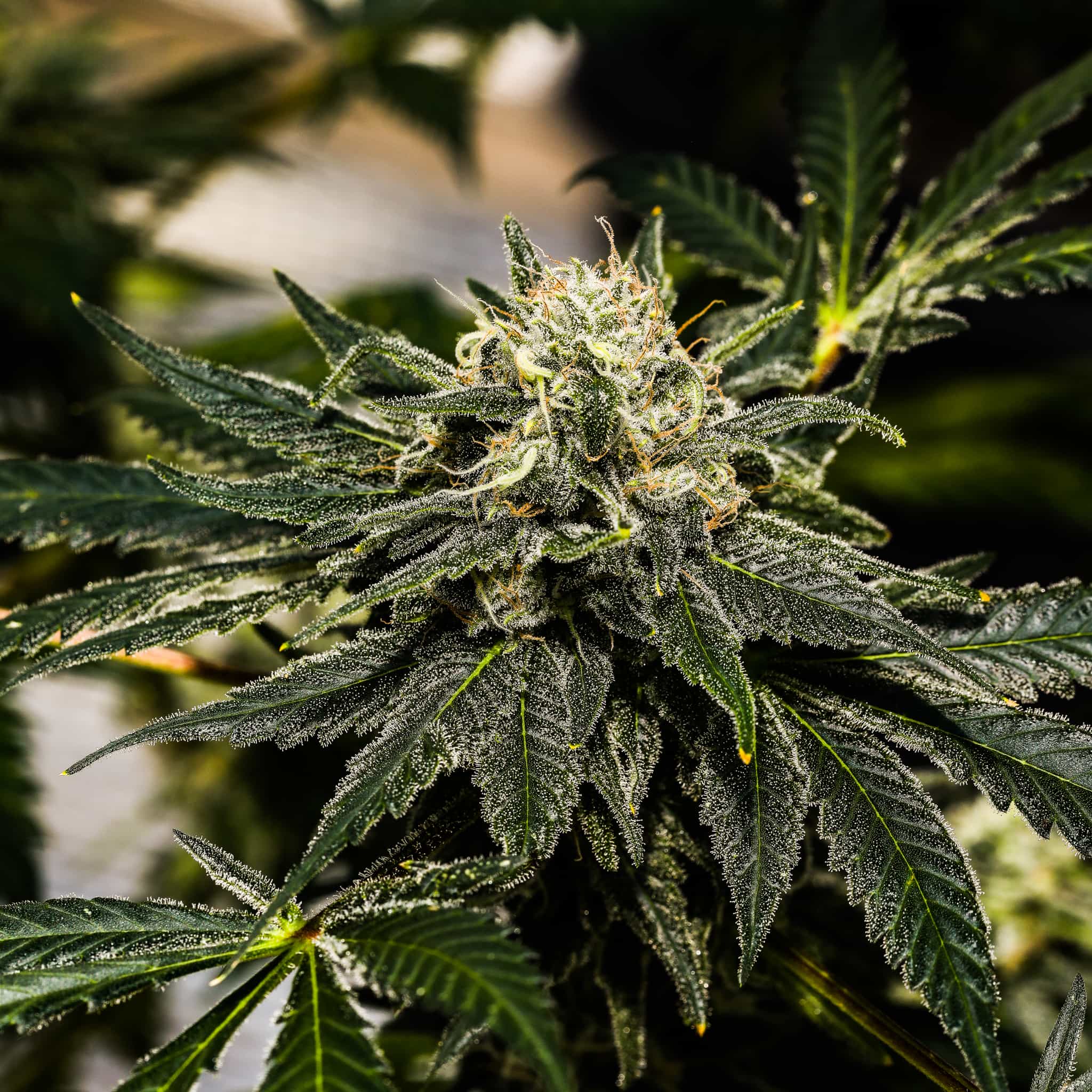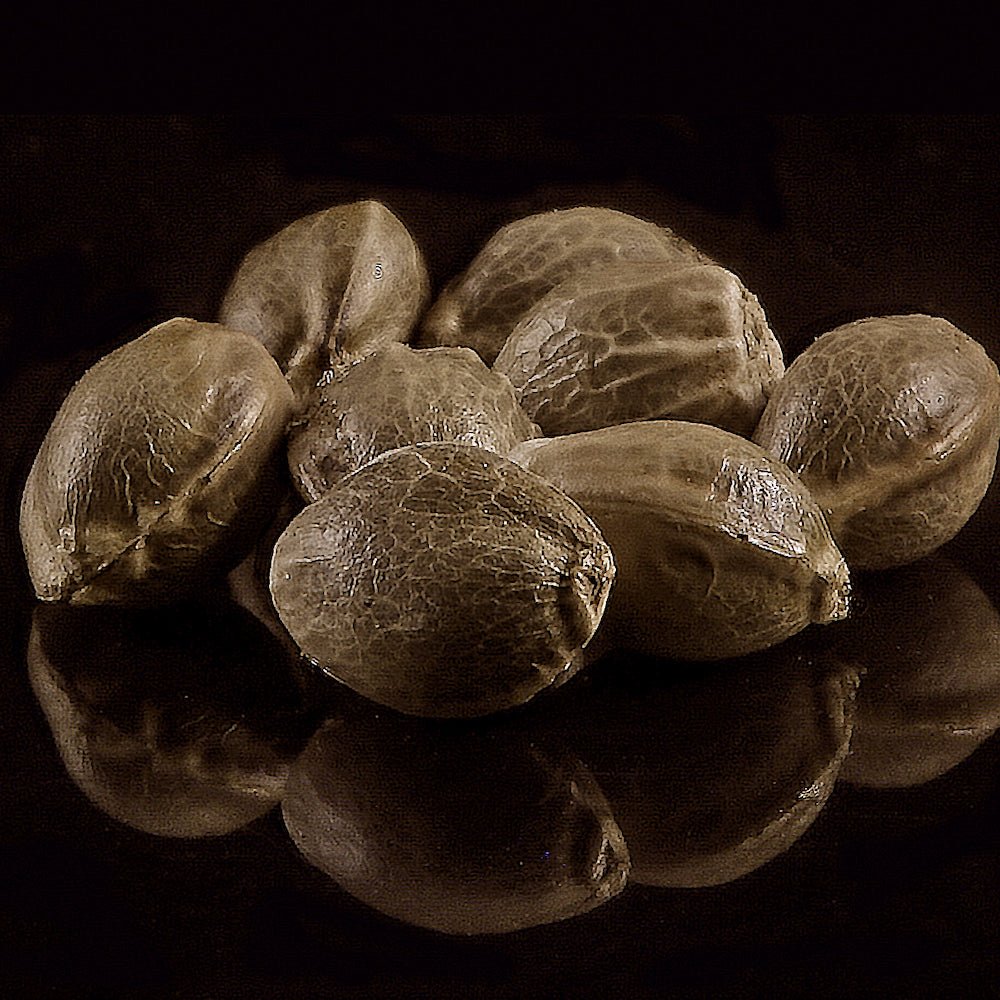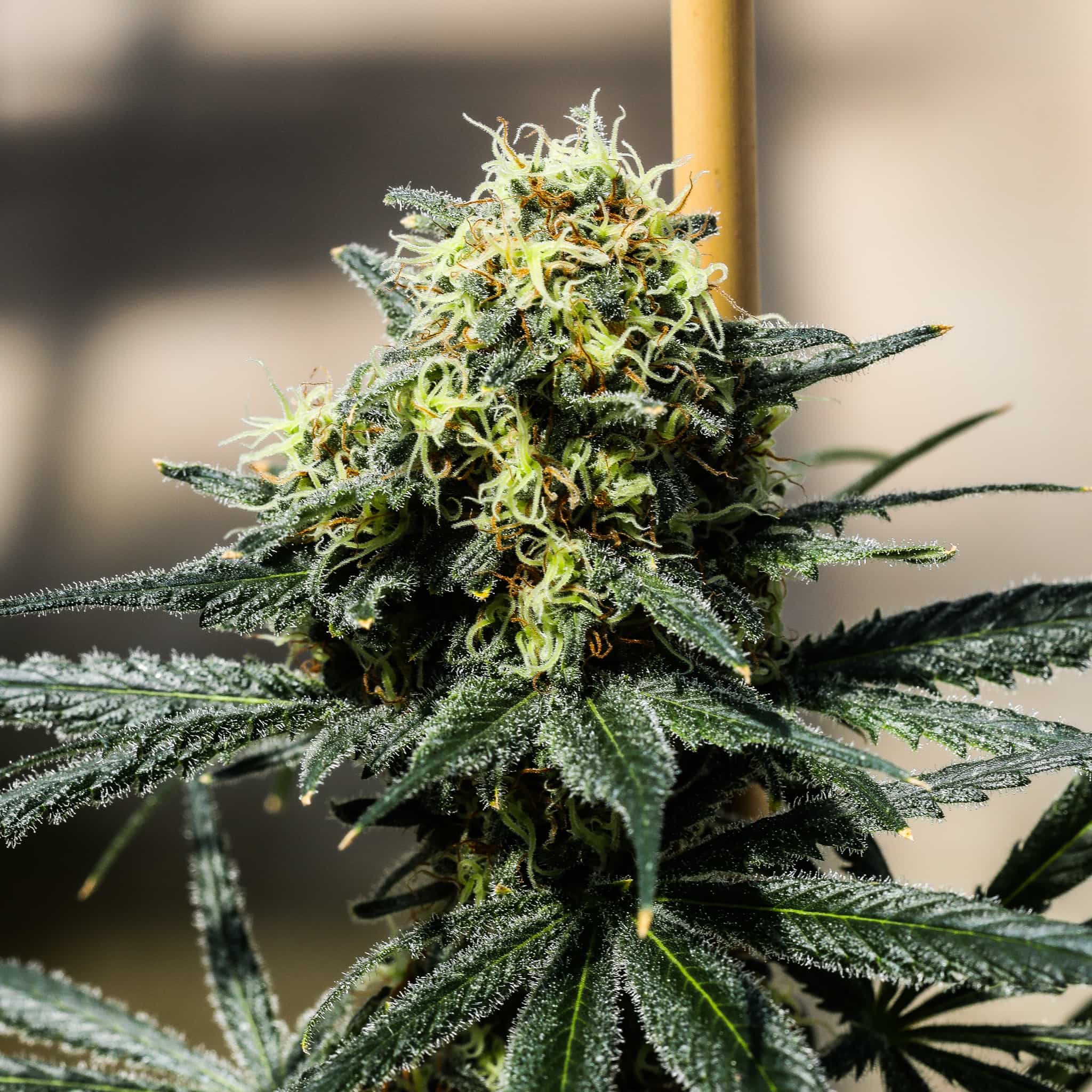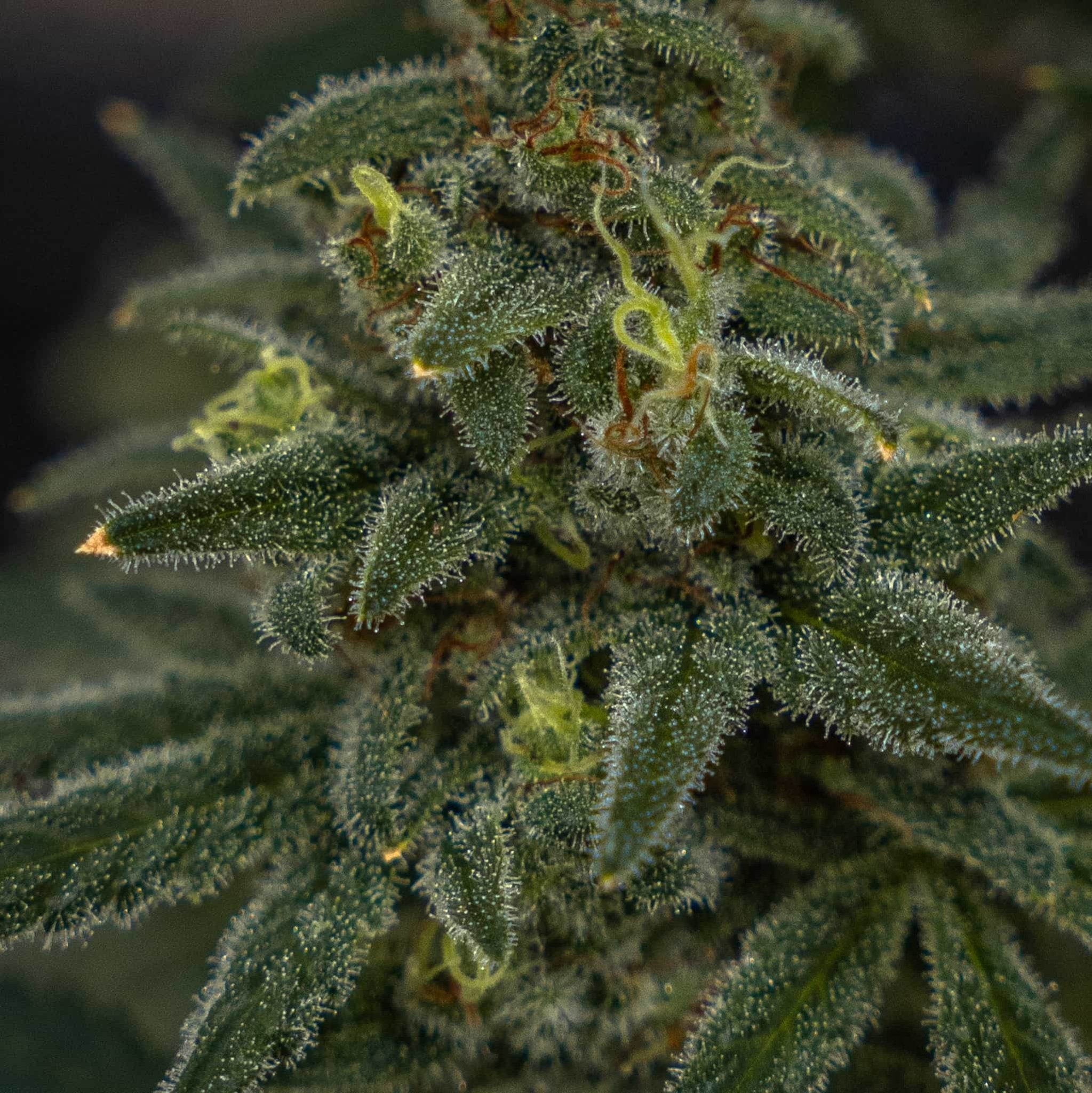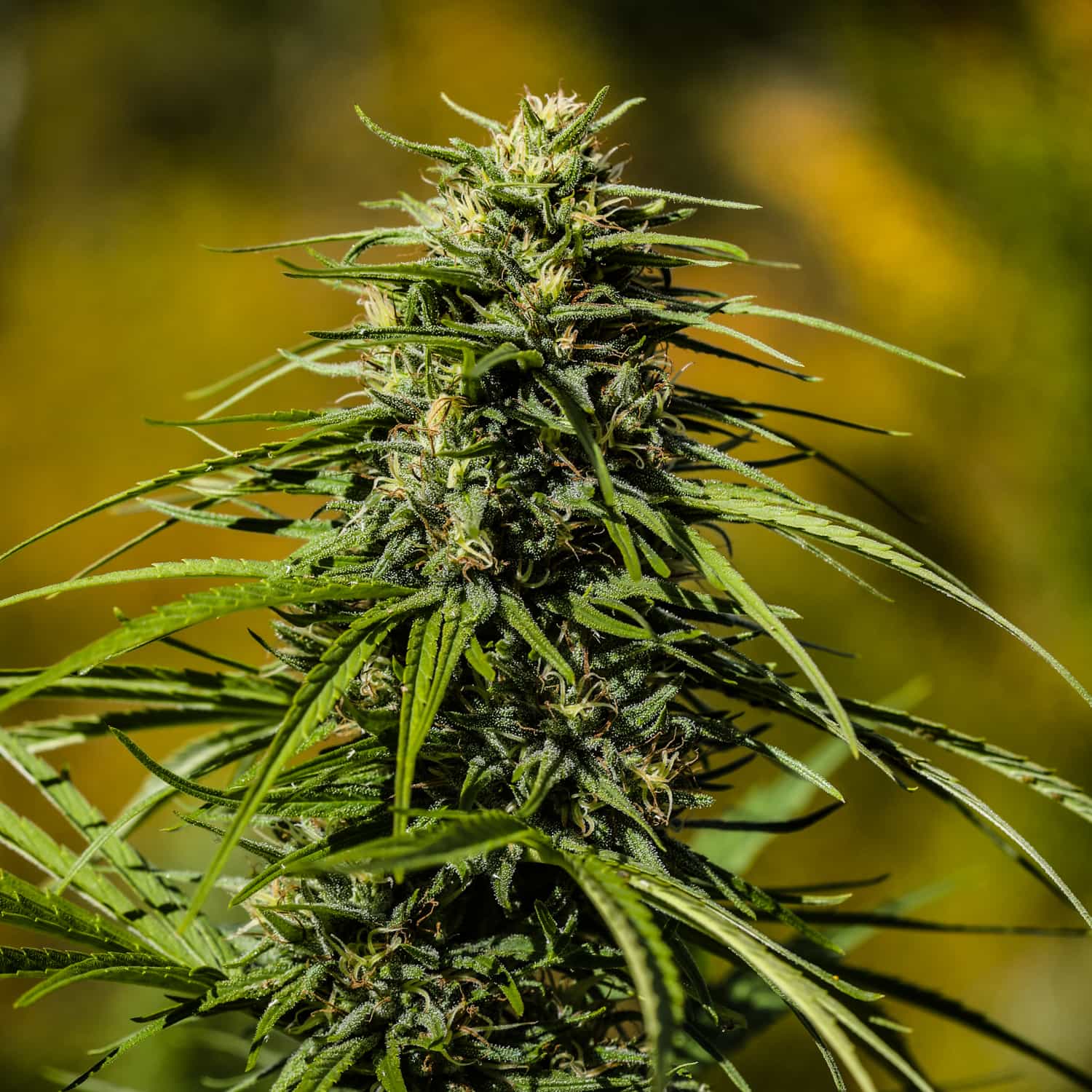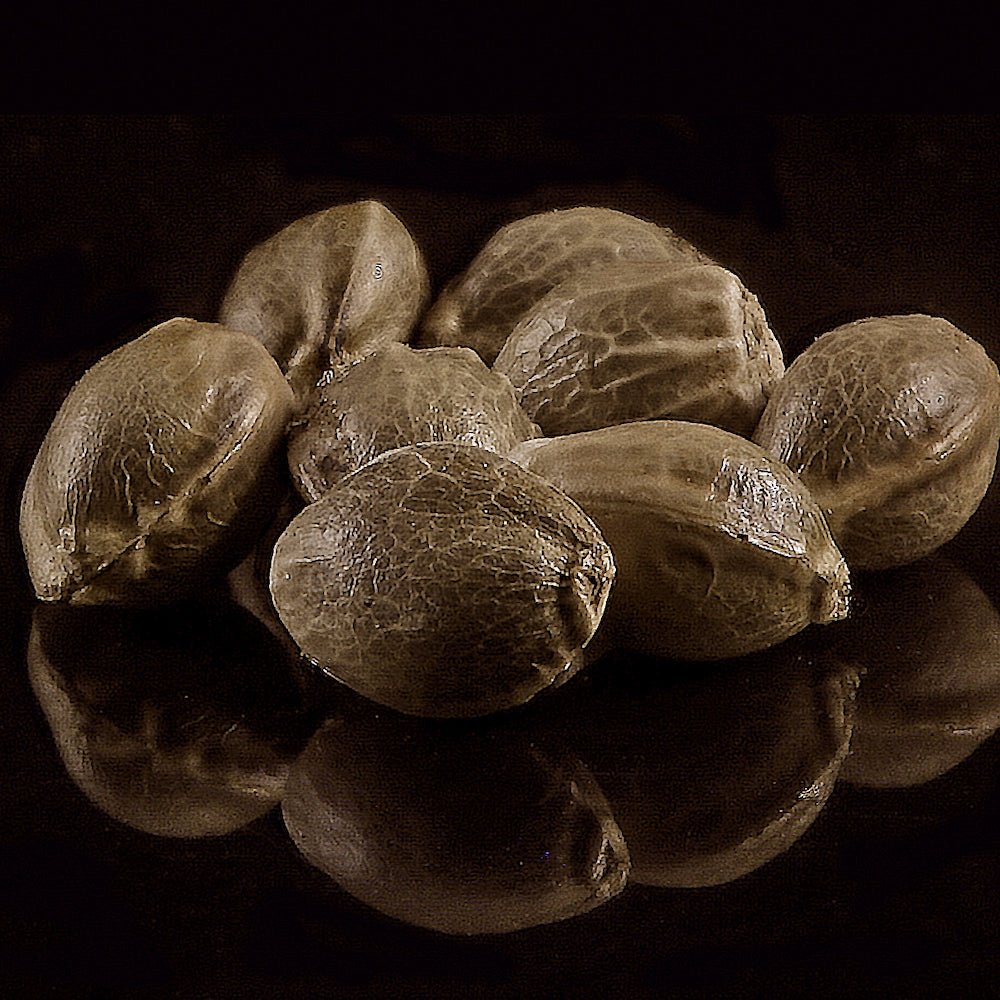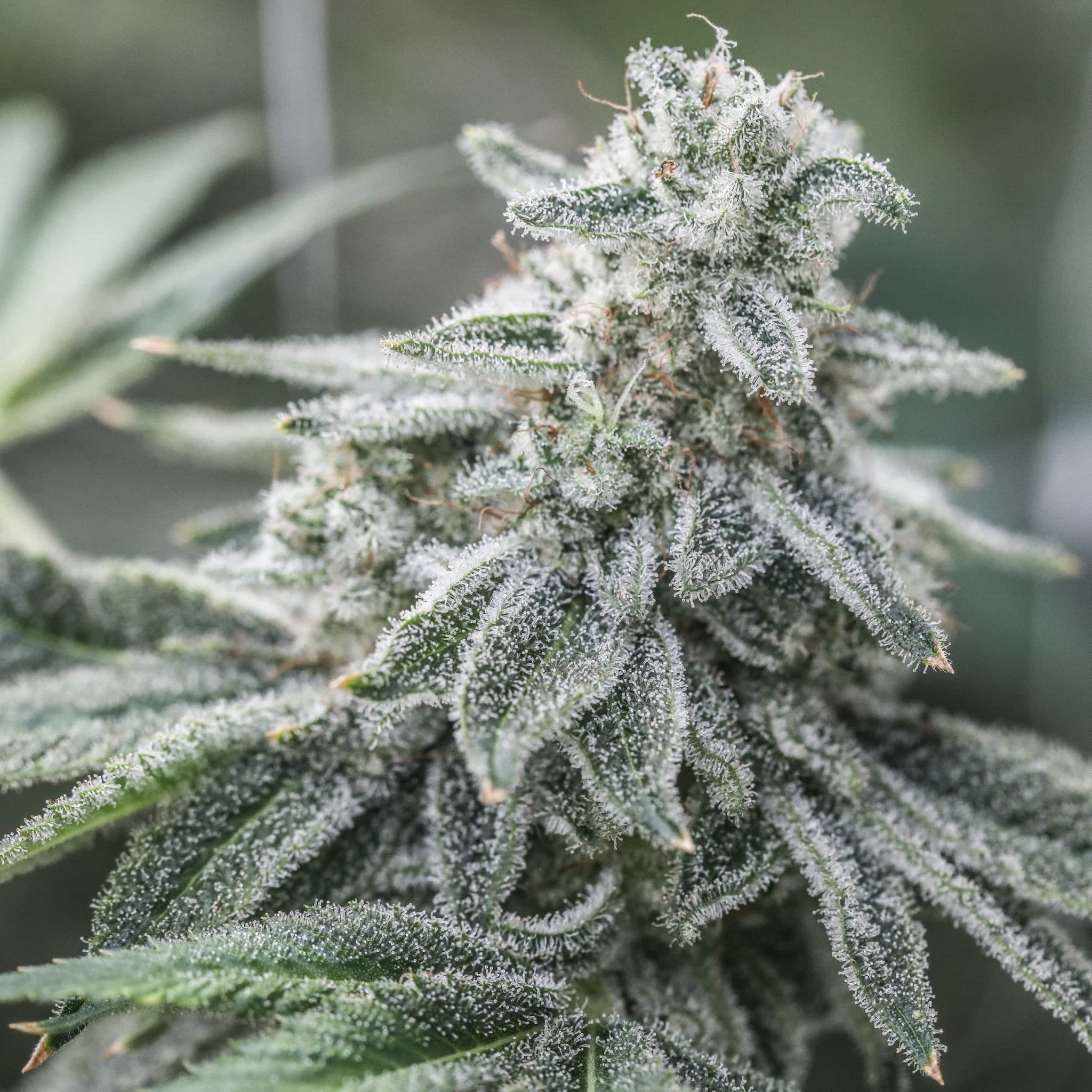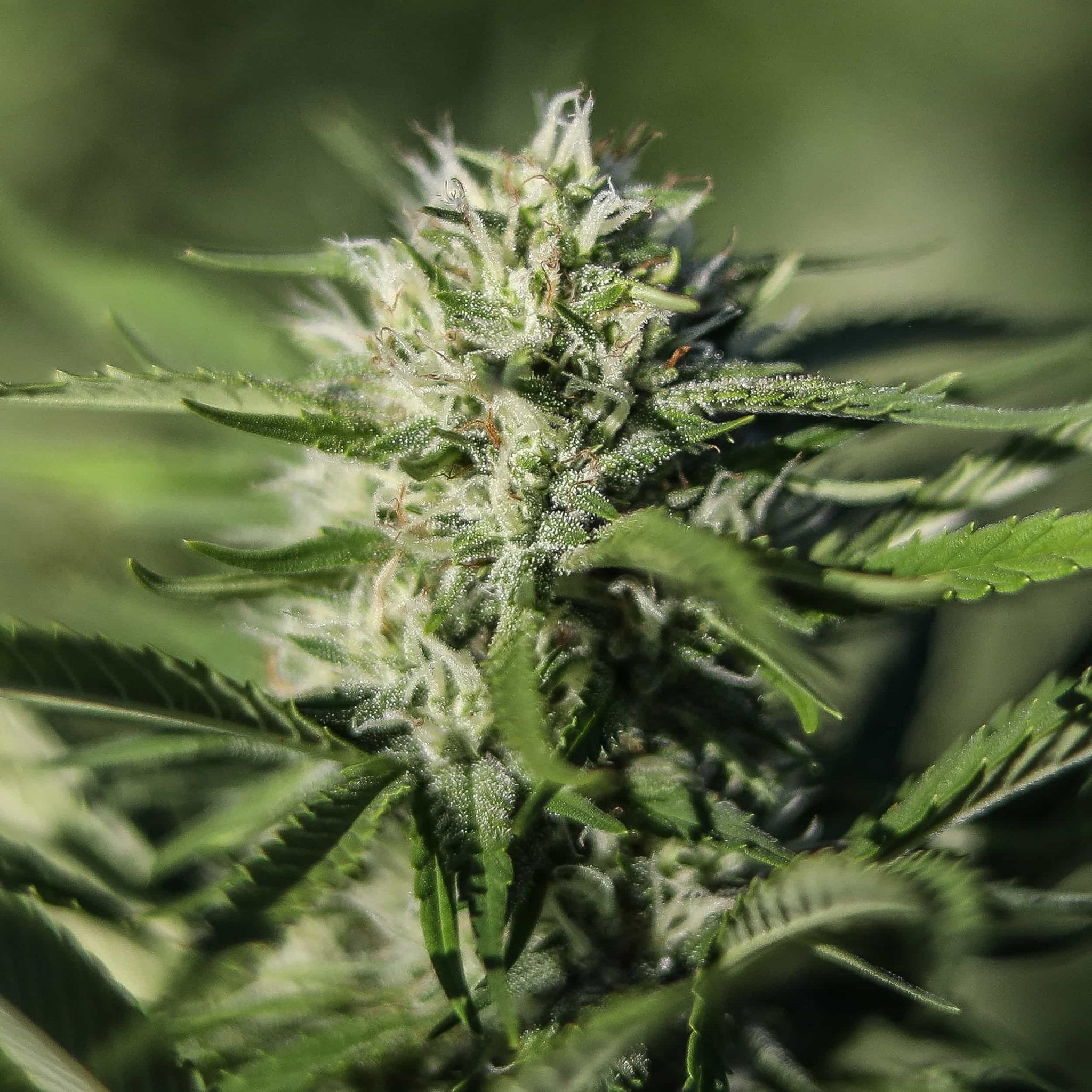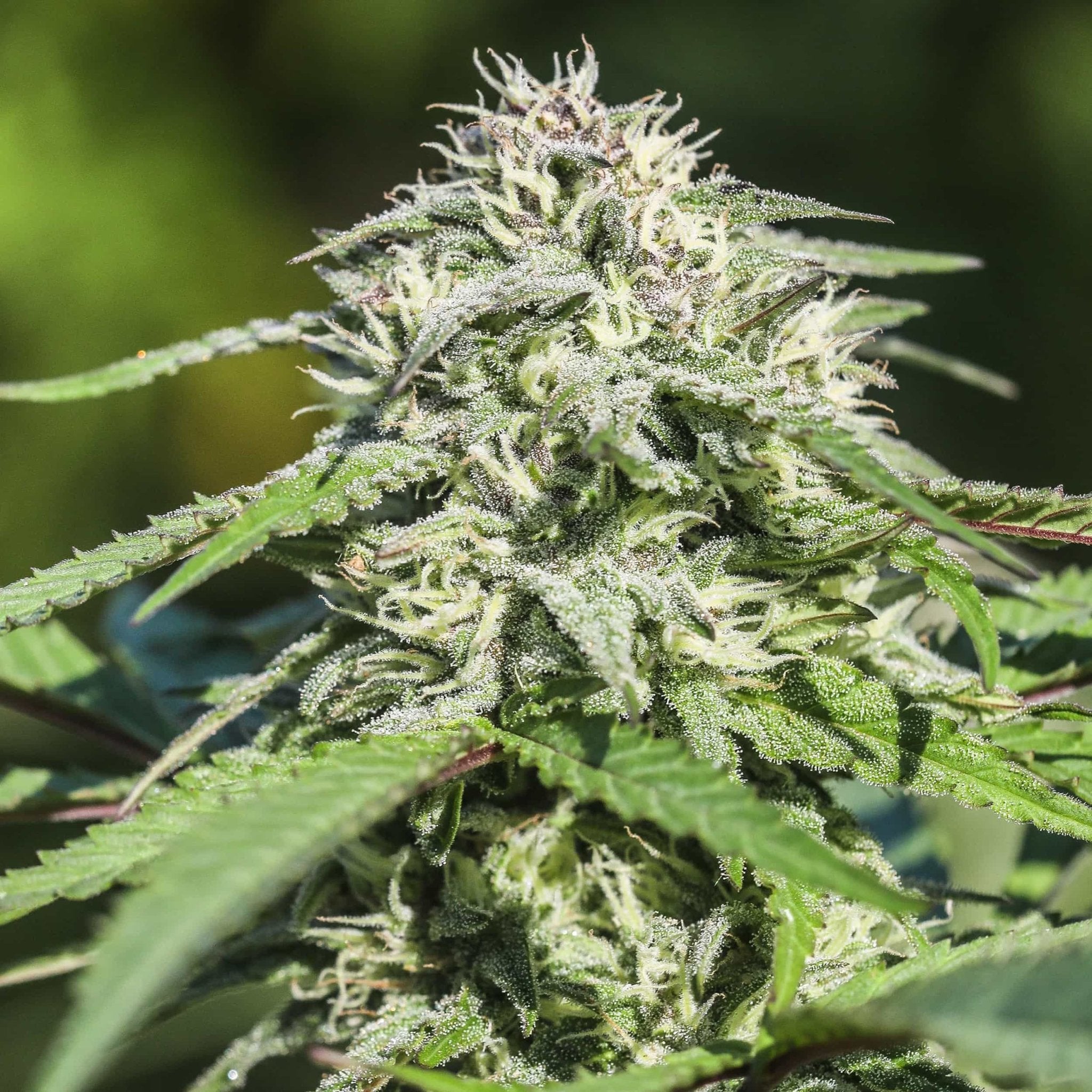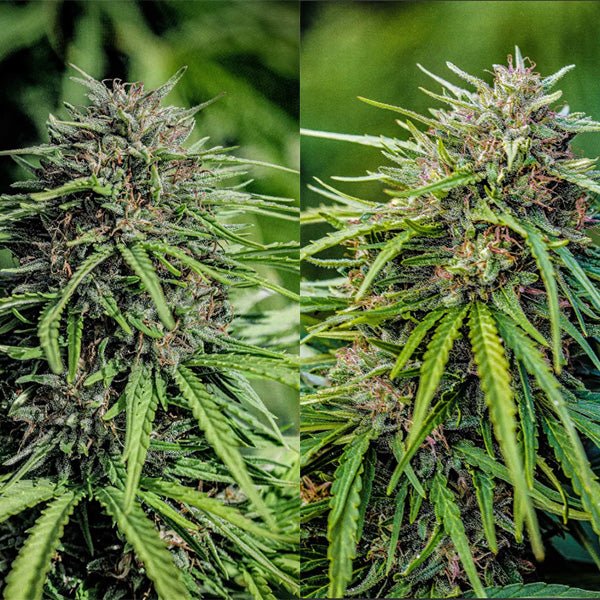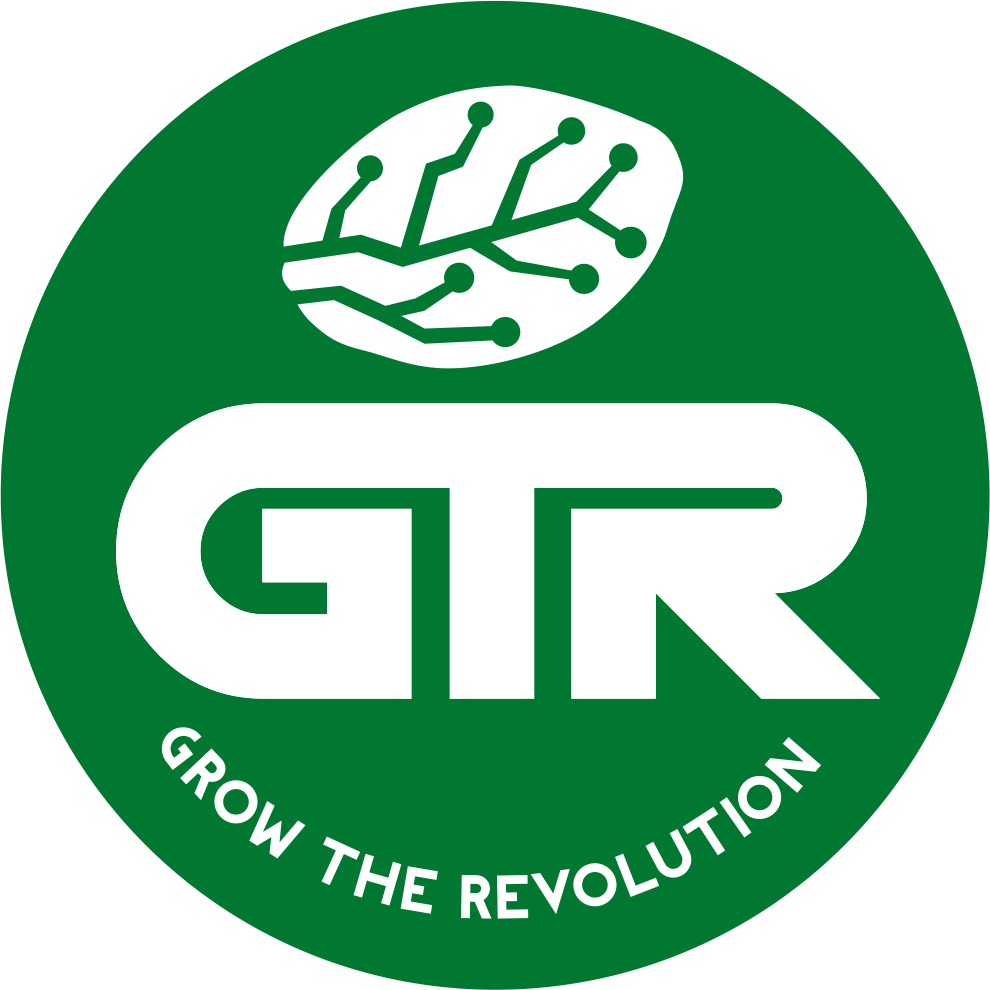Growers frequently reach out to us and ask if our CBD seeds can be grown to maturity and remain below 0.3% THC. It would be easy to say yes, but science just doesn't allow it.
Why can't flowers from our high CBD seeds be grown to full maturity and remain below 0.3% THC?
Type III, or CBD dominant cultivars always produce some THC as the plant is flowering - and the amount the produce is based upon a ratio predetermined in the genetics. This is true for all CBD producing varieties and not just ours.
In general, our CBD genetics have ratios of around 28 parts CBD to 1 part THC. This means that if the plant produces 28% CBD, you can reasonably expect it to have around 1% total THC. In flowers with 14% CBD, you can expect them to have around 0.5% THC. In flowers that have 7% CBD, you can expect them to have around 0.25% THC. This ratio remains constant throughout the plants flowering cycle and is virtually the same from week 1 to week 8.
When breeding our CBD seeds, we have always aimed for high content plants. From our lowest testers that usually hit around 14% to our cannabinoid power houses like Lifter that frequently hit over 20% - we breed for high CBD content. In addition to lacking the medicinal and therapeutic compound, low CBD varieties often have no aroma and fall prey to disease pressure easily. Not to mention varieties with low CBD are less desirable by the consumer.
And there is always some variability between plants and ratios. If you want to ensure that not a single sample collected in a field of 1000's has over 0.3% total THC - you'd want plants that only produce about 6% CBD on a crop wide average to be safe.
Can the ratio of CBD to THC be altered by environment or feeding regiment?
Unfortunately the ratio that plants produce CBD and THC at is ingrained in their DNA. They have isolated the CBDAS (the mechanism responsible for CBD production) in a laboratory environment, fed it, and it still produced THC at a ratio of around 28/1. Cornell University did extensive studies on the same topic, treating the same varieties to stressful conditions, over and under fertilizing and watering - and they concluded that the only thing that determines the ratio is the genetics. You can check out their study here --->
With this in mind, if you want lower THC content, you just need lower CBD - which no one wants anyway.
How are growers able to even grow high CBD seeds legally?
In the US, all hemp growers must have their plants sampled for THC content at 30 days before harvest. With our varieties, this is around the end of week 4 of flower, which at this point they are below 0.3% total THC. It is important to make sure testing is done as close to the end of week 4 of flower as possible.
In terms of dried flower THC content, we generally see around 0.5-0.8% CBD. While not technically federally legal, the current loop hole still allows for farmers continue selling the flower because it always contains less than 0.3% Delta 9 THC.
How do hemp farmers grow a crop that's flowers will remain below 0.3% total THC?
Unfortunately the only options for growing high cannabinoid cannabis flowers that have below 0.3% total THC are plants that are dominant in other cannabinoids. Our CBG varieties have ratio's of around 100 parts CBG to 1 part THC. Our CBDV varieties, which for the most part remain below 0.3% total THC, produce around 50% CBD as well. As long as the CBD percentage stays below 0.8% we see flower below 0.3% THC.
Our lowest testing THC varieties, that often remain well below 0.3%, can be found in the collection here ---->

